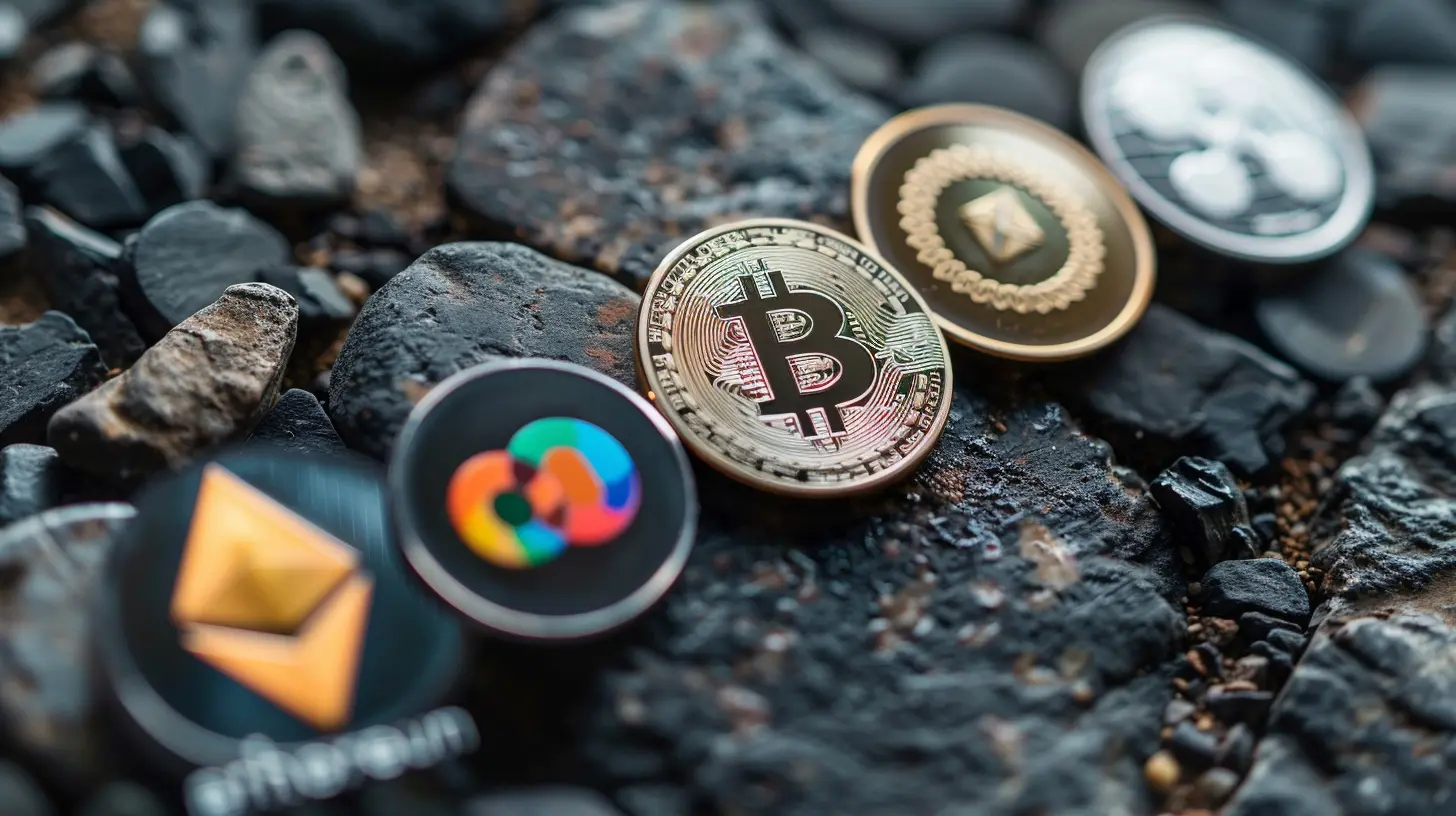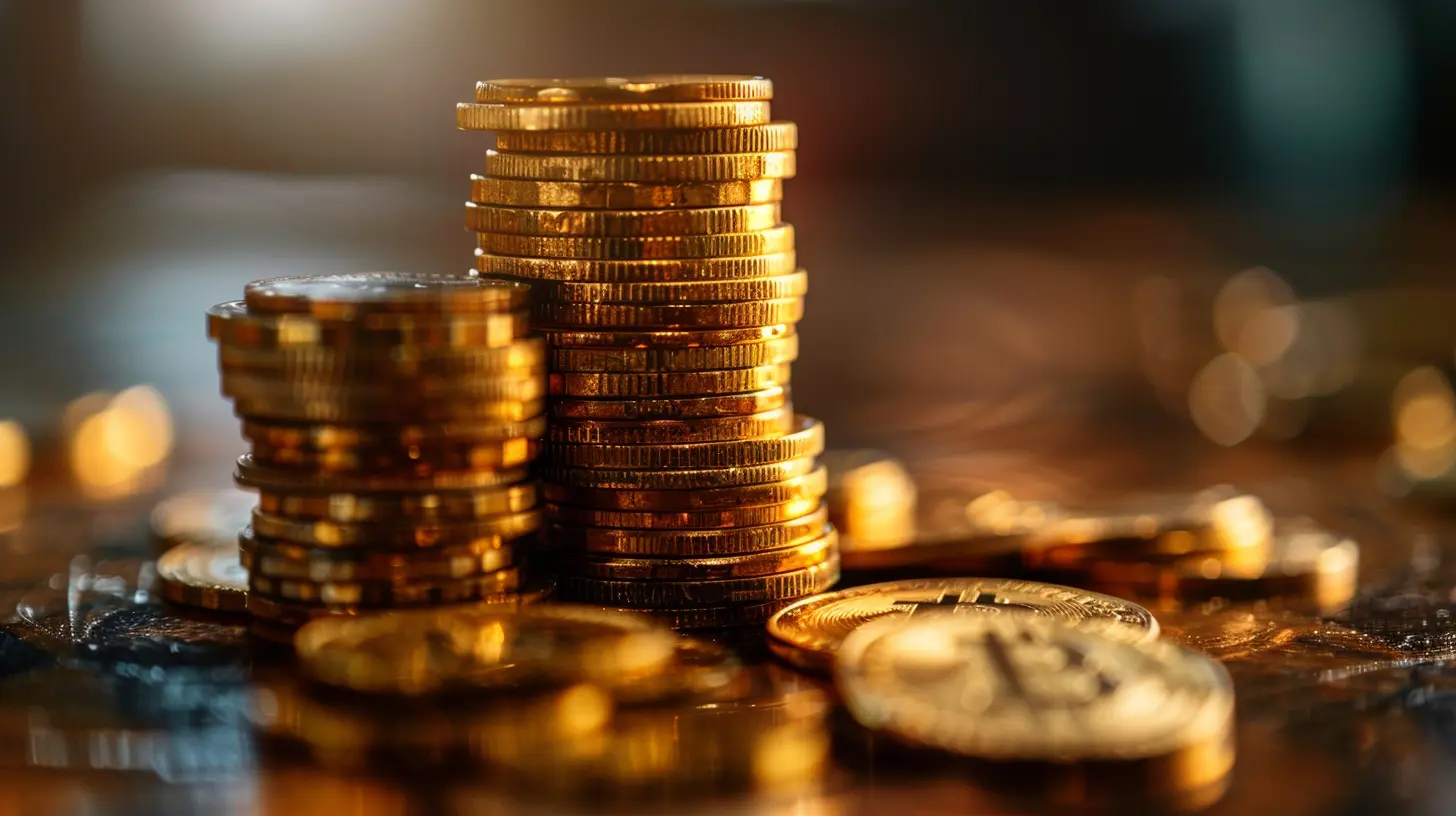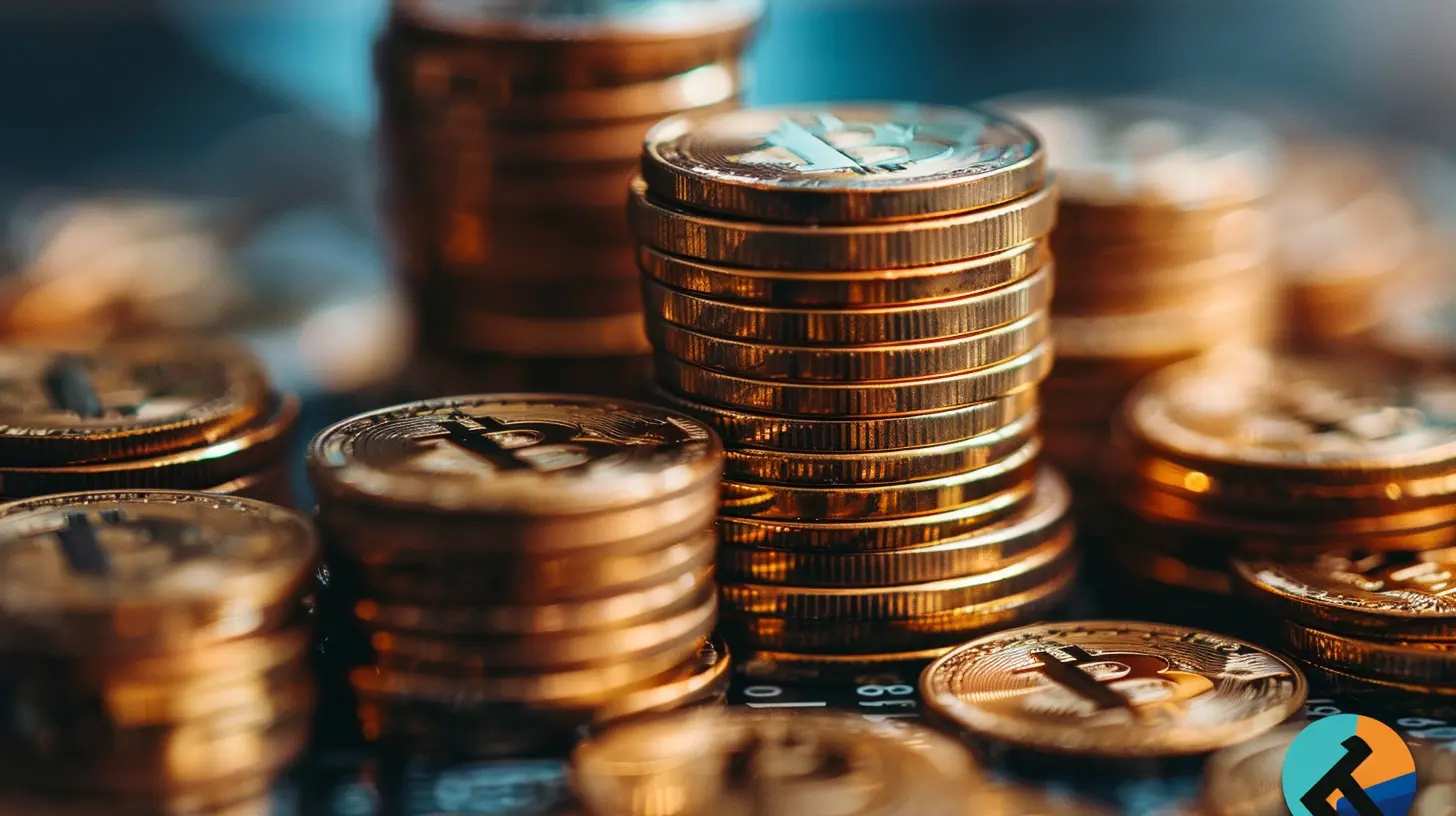A Deep Dive into Tokenomics: Understanding Crypto Economics
13 July 2025
Cryptocurrency is more than just digital money; it's a revolution that's changing how we think about finance. If you've ever wondered why some crypto projects succeed and others fade into obscurity, the answer often comes down to one key factor—tokenomics.
But what exactly is tokenomics? How does it impact the value of a cryptocurrency? And why should you care? Let’s break it all down in a way that makes sense—even if you're not a crypto geek. 
What is Tokenomics?
Tokenomics is a combination of two words—token and economics. It refers to the economic model behind a cryptocurrency. Just like traditional economies have supply, demand, and regulations, cryptocurrencies also have their own rules that determine their value and utility.The success of any crypto project depends heavily on its tokenomics. A poorly designed token system can lead to inflation, low adoption, and even the collapse of the project. On the other hand, well-structured tokenomics can create strong demand, drive scarcity, and lead to sustainable long-term growth. 
Key Factors of Tokenomics
Understanding tokenomics requires looking at several important factors:1. Token Supply: Limited vs. Unlimited
Just like gold and diamonds derive value from their scarcity, cryptocurrency tokens can also be finite or infinite in supply. There are two primary types of token supply:- Fixed Supply: Cryptos like Bitcoin (BTC) are designed with a hard cap (21 million BTC). This limited supply creates scarcity, making them more valuable over time.
- Inflationary Supply: Some tokens, like Dogecoin (DOGE), don’t have a max supply. More coins keep being created, which can lead to inflation unless demand continuously rises.
Projects that balance scarcity and usability tend to have stronger tokenomics.
2. Token Distribution: Who Owns the Tokens?
How tokens are distributed plays a big role in their stability. If most tokens are held by a few large investors (known as "whales"), they can easily manipulate the price.Good tokenomics ensures fair distribution by:
- Allocating tokens to developers, investors, and users in a balanced way.
- Avoiding excessive token concentration in a few hands.
- Using vesting schedules (locking tokens for a period) to prevent early dumping.
A well-distributed token supply promotes decentralization and prevents market manipulation.
3. Token Utility: What’s the Purpose?
Does the token actually do something useful? A strong cryptocurrency must have a clear use case. The more ways a token can be used, the more valuable it becomes.Common token utilities include:
- Payments – Used as digital money for transactions (e.g., Bitcoin, Litecoin).
- Governance – Giving holders voting power in project decisions (e.g., Uniswap, Compound).
- Staking – Locking tokens to earn rewards or secure a network (e.g., Ethereum 2.0, Solana).
- Access to services – Required for platform functionalities (e.g., Binance Coin for trading fee discounts).
If a token lacks real-world usage, its value may drop as hype fades.
4. Mechanisms for Value Stability
Cryptos can be volatile, but well-designed tokenomics includes mechanisms to maintain price stability and reduce manipulation. Some common techniques are:- Burning Tokens: Some projects intentionally destroy a portion of their tokens to reduce supply and increase scarcity (e.g., Binance Coin regularly burns BNB tokens).
- Buybacks: The project team buys back tokens from the market, increasing demand and reducing available supply.
- Rewards and Incentives: Encouraging users to hold tokens by offering staking rewards, liquidity mining, or governance incentives.
These strategies help maintain a healthy balance between supply and demand. 
The Role of Tokenomics in Crypto Success
A cryptocurrency isn't just about fancy tech or a whitepaper filled with buzzwords. If tokenomics is flawed, even the most innovative project can crash and burn.Take Bitcoin as an example—its fixed supply and predictable issuance schedule have made it a store of value similar to gold. Meanwhile, projects with unlimited supply or poorly thought-out distribution models often struggle to retain value over time.
Consider these two real-world examples:
- Ethereum (ETH): Initially inflationary, but with the introduction of ETH burning (EIP-1559), it’s progressively becoming deflationary, increasing its long-term value.
- Terra (LUNA): A flawed tokenomics model led to an unsustainable system, ultimately causing a massive crash in 2022.
The lesson? Good tokenomics creates trust, long-term sustainability, and adoption. Bad tokenomics can lead to pump-and-dump schemes, instability, and failure. 
How to Evaluate Tokenomics Before Investing
If you're investing in crypto, understanding tokenomics is crucial. Here are some key questions to ask before putting your money in:1. What is the total supply of tokens? Does the project have a fixed cap or an inflationary model?
2. How are tokens distributed? Are there massive holdings by a few investors, or is it widely distributed?
3. What is the token’s real utility? Does the token have a purpose beyond speculation?
4. Are there mechanisms to manage supply and demand? Does the project burn tokens, offer staking incentives, or use other stability measures?
5. Who controls the decision-making? Is the project decentralized, or do a few developers have full control?
By analyzing these factors, you can make more informed decisions and avoid scams or unstable projects.
The Future of Tokenomics
As the crypto space evolves, tokenomics will continue to play a huge role in shaping the industry. Innovative models like play-to-earn (P2E), decentralized finance (DeFi), and non-fungible tokens (NFTs) are changing the way tokens function.For instance, projects are experimenting with dynamic supply models, algorithmic adjustments, and governance-driven decisions to create more sustainable economies.
The key takeaway? Tokenomics is not just a buzzword—it’s the foundation of crypto success. Whether you’re an investor, a developer, or just a curious enthusiast, understanding tokenomics will give you an edge in the growing world of digital assets.
Final Thoughts
Tokenomics is the backbone of any cryptocurrency project. A well-planned token economy ensures sustainability, encourages adoption, and prevents manipulation. Before investing in any crypto, take a good look at its tokenomics—because at the end of the day, it’s not just about hype; it’s about long-term value.So, next time you're researching a new crypto project, don’t just focus on the price—dive deep into its tokenomics. It might just save you from making a bad investment!
all images in this post were generated using AI tools
Category:
CryptocurrencyAuthor:

Zavier Larsen
Discussion
rate this article
2 comments
Zevin McWain
Great article! Your insights into tokenomics really help demystify crypto economics for newcomers. Thank you for making this complex topic accessible!
November 21, 2025 at 5:34 AM

Zavier Larsen
Thank you for your kind words! I'm glad you found the article helpful in understanding tokenomics.
Amalia Hernandez
This article offers a clear and insightful analysis of tokenomics, breaking down complex concepts with ease. A must-read for anyone looking to grasp the fundamentals of crypto economics and its impact on investments!
July 28, 2025 at 10:24 AM

Zavier Larsen
Thank you for your thoughtful feedback! I'm glad you found the article insightful and helpful in understanding tokenomics.


